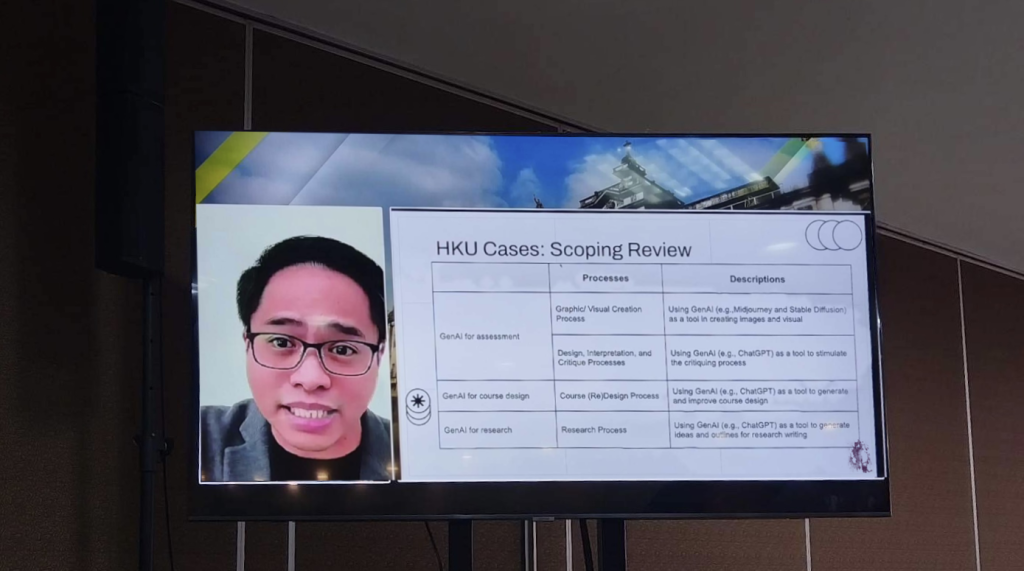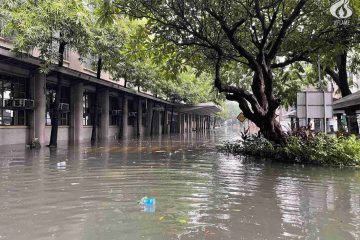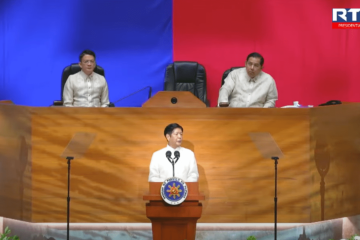GENERATIVE ARTIFICIAL intelligence (GenAI) is bound to secure its place in universities as many educators and students are already using it due to its rapid advancement, an instructional designer said.
University of Hong Kong instructional designer and lecturer Donn Gonda said modern learning practices have begun transforming into that which integrate content-creating algorithms like ChatGPT.
“The fact is technology is already here. Businesses are already using it and the corporate world is already moving towards it. They are already maximizing it,” Gonda said during the Alumni, Academe, Industry, and Government (AAIG) 2023 Multi-sectoral Summit last Friday, Sept. 29.
“We cannot avoid the fact that all these things would be pushing [to] a certain [extent] that (universities) might move to work a little bit to catch up on it…Modalities are already increasing in just a span of one year,” he added, referring to ChatGPT’s recently launched voice-to-text and image generator features.
Such developments, Gonda pointed out, have made GenAI use more prevalent among students and educators. According to him, those innovations and investments have an effect on the educational landscape.
“It’s not a separate bubble wherein business exists on one end and education exists on the other end. We’re actually melded in this space. We’re together in this space,” Gonda said.
To effectively incorporate GenAI in education, Gonda emphasized the need for a “human-centered” approach that focuses on the value that it could add to the productivity of educators and students. He added that while the integration of GenAI in education could have advantages, it must be grounded on values and beliefs to ensure its ethical use.
This was echoed by the Future of Education, Association of Southeast Asian Nations education advisor Ethel Agnes Pascua-Valenzuela, who cited the increasing use of AI in work and learning spaces.
“The transformation is here, we now need changes because technology is now forming the jobs. This is the future we want, this is what we truly need to transform our education faster,” Valenzuela said.
Government regulations and policies should also back the implementation of technology and AI into the education system to facilitate its “faster transformation,” she added.
“We need to transform with the help of the government, we cannot do this alone for teachers, students and schools. We can create an intelligent learning space…and completely transform the way we teach in classes. So, the intelligent learning space is using and maximizing technology in classrooms and workplaces,” Valenzuela said.
Carrying the theme, “Nexus: New Visions, New Frontiers, New Strategies and Practices,” the fifth AAIG Summit discussed the latest technology-driven strategies for education and community development. The two-day event was held on Sept. 29 and 30 in the Buenaventura Garcia Paredes, O.P. building and was organized by the UST Alumni Association Inc. in collaboration with the UST Center for Continuing Professional Education and Development. F – Ma. Alyanna Selda, Carlo Jose Ruga and Nolan Adrian Villamor, Jr.




